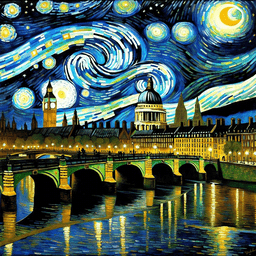Speaker
Description
A key prediction of consistent theories of classical gravity coupled to quantum matter is that the metric has to evolve stochastically. Motivated by these considerations,
we study a stochastic Einstein-de Sitter Universe, in order to explore whether a random source in Einstein’s equations can reproduce the phenomenology of Λ. We find two interesting effects. At early times, we argue that violation of the Hamiltonian constraint of GR manifests itself as phantom extra matter, possibly playing the role of cold dark matter in structure formation. At late times, instead, we show that diffusion away from Friedmann equations mimics qualitatively the redshift-luminosity distance curves of ΛCDM universes with non-zero cosmological constant. To test the latter observation quantitatively, we conclude by placing bounds on the diffusion coefficient using supernovae data from the Pantheon+ and SH0ES datasets. In particular, we show that, in this simple toy model, the hypothesis of an effective cosmological constant coming entirely from stochasticity in the evolution of the scale factor is strongly disfavoured with respect to ΛCDM models. The tension can be relaxed by introducing a non-zero Λ in the equations of motion directly, representing either a bare cosmological constant or an effective one arising from unrelated phenomena.

